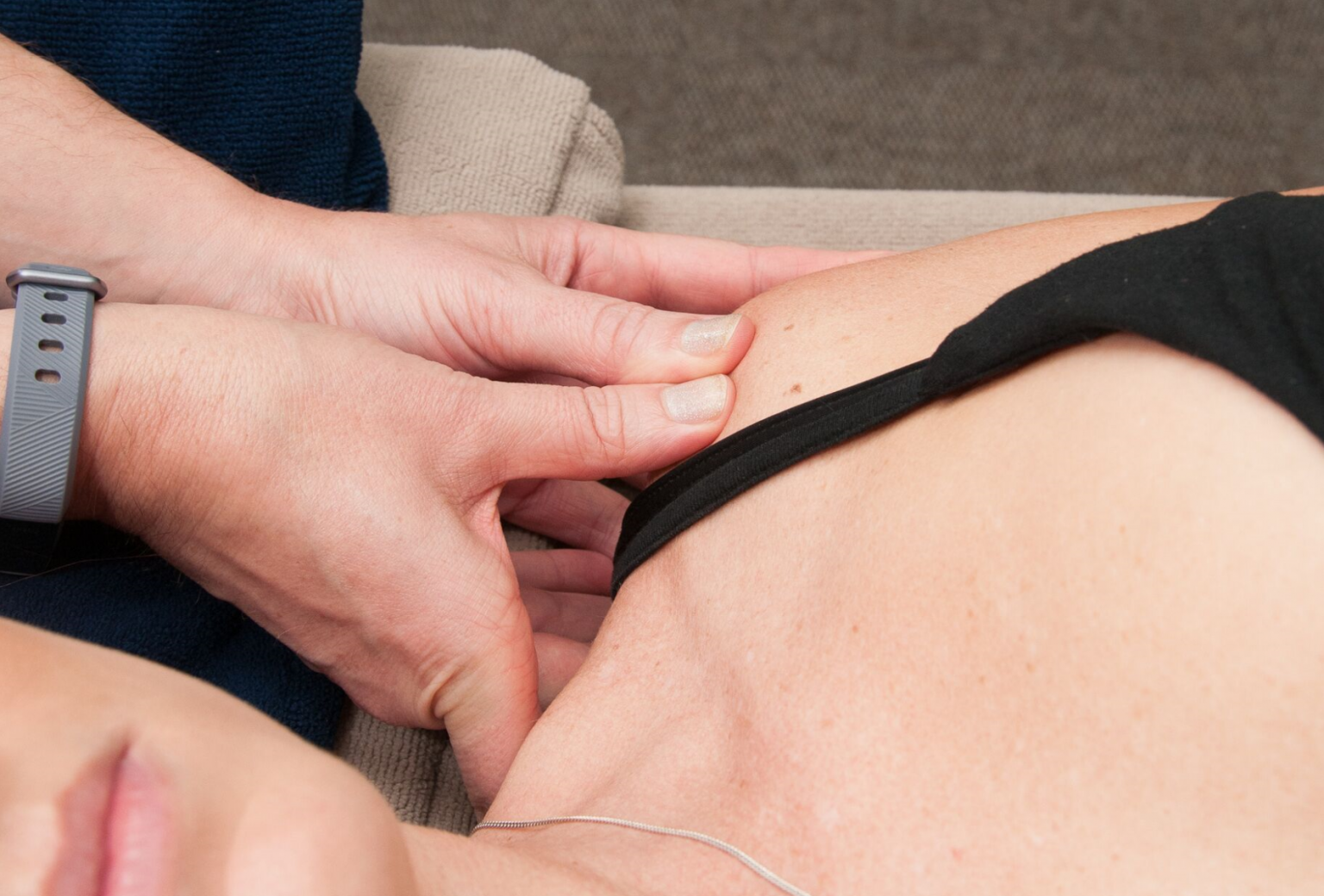- 011 794 9936
- 011 794 9937
- 076 828 5476
- admin@doctorshoulder.co.za
- Room 1, 2nd Floor, Johannesburg Surgical Hospital, 219 Beyers Naudé Dr

The most common dislocation is an Anterior Dislocation. This happens when the ball dislocates to the front (anterior). For this to happen, the arm is forced upward and backwards. During the first dislocation the labarum and ligaments are pulled off the edge of the socket (this is called a “Bankart” lesion). As the head slips over the edge of the socket, the latter knocks a hole into the head (“Hill-Sachs”lesion). In a number of cases, especially in contact sports like rugby, a piece of bone is knocked off the glenoid (socket) as well (Boney Bankart). You can also have a Posterior dislocation when the ball dislocates to the back. With any dislocation you can also fracture your shoulder.
The shoulder consists of a ball (humeral head) and socket (glenoid). The ball is stabilized in the socket by a cartilage rim (“labarum”, which means “lip”) and the ligaments, which attach to the labarum.
A Bankart lesion never heals and the shoulder dislocates repeatedly whenever it is forced upwards and outwards. The younger the patient is at the time of the first dislocation, the more likely will he suffer recurrent dislocations.
The reason is that in the young, the ligaments are so strong and elastic that they are stripped off the bone with the labarum, rather than tearing and does not heal back to bone. The rate of recurrence in the under 25-year-old age group is 90-100%.
As the shoulder dislocates repeatedly, progressively more damage is done, the bony lesions become larger, the ligaments stretch out and dislocations occur with greater ease.
A patient with a Bankart lesion usually needs an operation to repair the ligaments to the bone, even after the first dislocation, as the lesion never heals.
Is usually done with an arthroscopy (“key-hole surgery”). Tiny screws (“bone anchors”), with sutures attached are placed into the bone and the sutures are used to fix the ligaments to the bone of the socket.
With guidance, progressive mobilization will now be allowed. After there is full mobility of the shoulder the strengthening can be started.
Can be allowed once the strength has been recovered fully. Contact sports like rugby, and throwing sports like cricket bowling a period of 6 months rehab may be required.
If there has been bone loss from the edge of the socket, a failed arthroscopic procedure or high impact sports patient, a Latterjet procedure needs to be done – simply repairing the ligaments will not suffice. The coracoid, a bony prominence next to the joint is released and screwed on to the bony defect to fill it. This is a highly successful procedure for those few cases that need it.
In some cases the shoulder dislocates due to the ligaments being too lax and not due to tearing. This is more common in young females.
Strengthening of the surrounding muscles may improve it, but should this fail an operation may become necessary – this is also done with a scope where the ligaments are tightened to prevent further dislocations.
The three procedures mentioned above are highly successful and usually lead to normal function.
Irrespective of the operation, you will have to wear a sling for six weeks and only thereafter should you start with physiotherapy to regain mobility in your shoulder.
For more information or questions, please visit our FAQ page. Alternatively, you can leave a message below, and we will get back to you.

With unwavering commitment to patient care, pioneering research, and surgical excellence have made Doctor Shoulder a prominent figure in the field.
All rights reserved © Copyright Doctor Shoulder
WhatsApp us